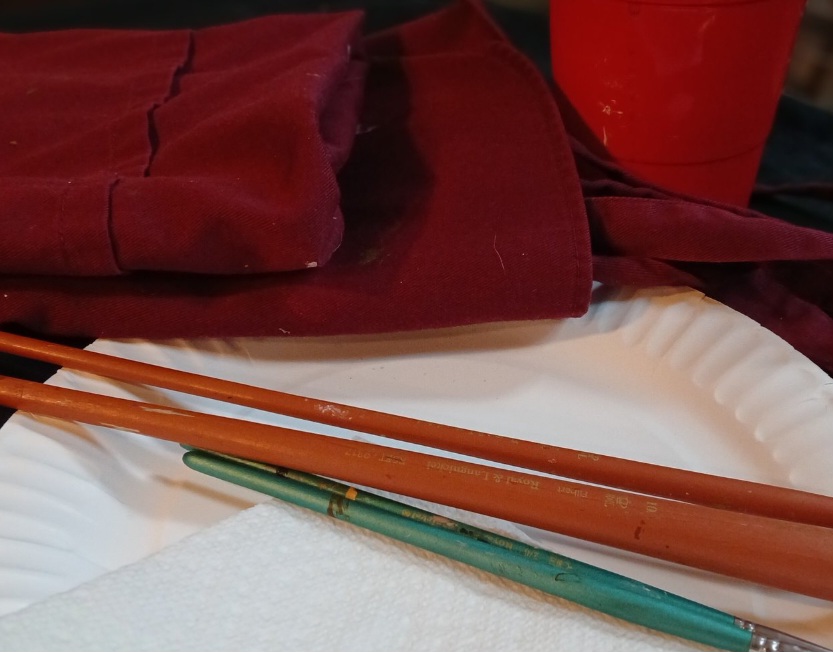
As artificial intelligence rapidly reshapes the workforce, we’re standing at the edge of a profound transformation. With machines becoming more capable of performing tasks once reserved for highly skilled professionals in science, technology, engineering, and math (STEM), many are wondering: What will be left for humans to do?
The answer lies in one of our oldest, most natural traits—creativity.
AI and the Shift Away from Traditional STEM Roles
AI systems can already write code, analyze data, conduct scientific research, and even solve complex equations faster than most humans. While these advancements are remarkable, they also signal a looming shift: many STEM-based careers may be redefined, outsourced to machines, or phased out entirely. This doesn’t mean human value is diminishing—it means our uniquely human qualities will become our most vital resources.
Why AI Can’t Replicate True Creativity
AI can mimic styles, generate ideas based on existing patterns, and produce “creative” works that look or sound impressive. But what it lacks is the imaginative spark—the emotional, lived experiences that inform human creativity. True creative thought draws from intuition, memory, trauma, joy, fear, humor, culture, and spontaneity. These deeply personal, often nonlinear processes are not replicable through algorithms or predictive models.
Think of creativity as meaning-making rather than just making. AI can replicate form; humans give it soul.
Embracing Creativity in Daily Life: The Role of Grids and Whiskers
The good news? Creativity isn’t just for artists or performers. It’s a skill—like any other—that can be nurtured and grown, and it begins with simply being open to the process.
Grids and Whiskers: Painting Your Pet Using Grid Lines is a video series designed exactly for that purpose. Created by artist and educator Holly Seon-Wilson, this step-by-step guide invites people of all backgrounds (no art experience required!) to paint their own pet portraits using a simple grid method. The approach demystifies drawing and painting by breaking images into manageable parts, removing fear and self-doubt along the way.
But it’s more than just a fun project—it’s creative therapy. During stressful or uncertain times, engaging in art:
-
Lowers anxiety and cortisol levels.
-
Reignites curiosity and playfulness.
-
Builds patience, focus, and problem-solving skills.
-
Reconnects us with ourselves—something AI can never do.
Grids and Whiskers teaches that creative thinking isn’t about perfection. It’s about the willingness to try, to fail, to laugh, to experiment—and to see things in new ways.
The Future Belongs to the Inventive
As machines automate the technical, the human advantage becomes emotional intelligence, innovation, empathy, and vision. Artists, designers, storytellers, teachers, entrepreneurs—those who can imagine what doesn’t yet exist—will shape the new frontier.
Creativity is no longer a luxury. It’s a necessity.
Whether through painting, storytelling, game design, music, or simply doodling in a notebook, nurturing your creative instincts today is an investment in your resilience and relevance tomorrow.
So pick up a brush, a pen, or even your phone camera. Try something new. Let the process surprise you.
Because in a world where AI can do, it’s the humans who can dream that will truly lead.
Ready to start? Check out the Grids and Whiskers videos and begin your creative journey—one square (and one whisker) at a time.